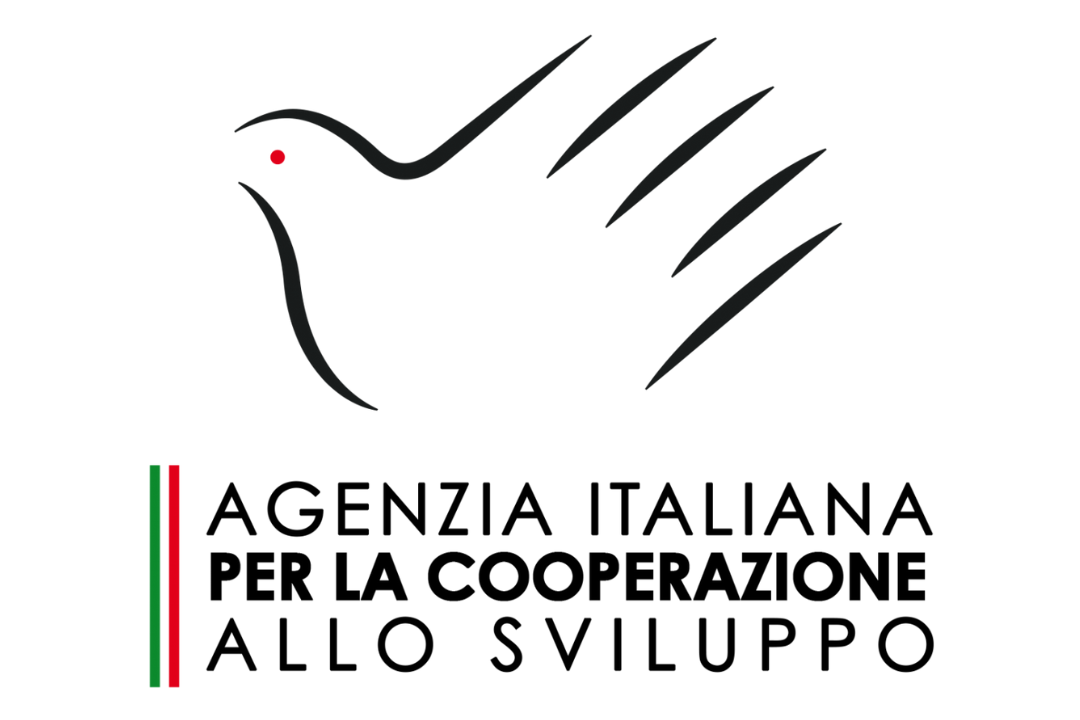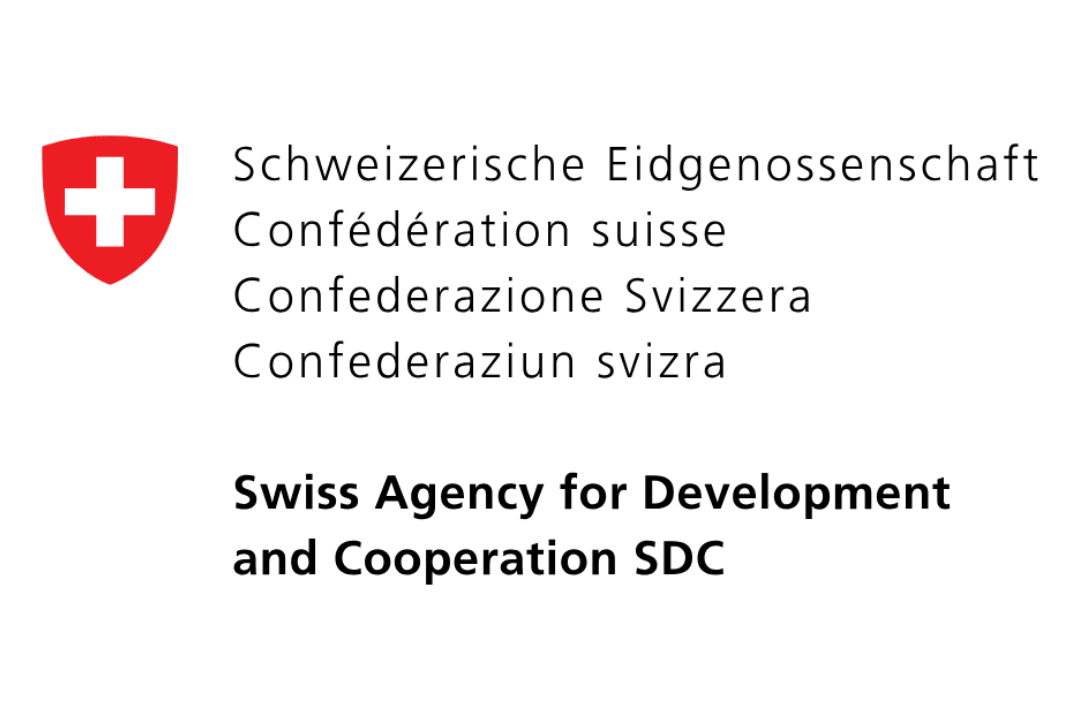Since the collapse of the hydro-meteorological monitoring network after 1990, there has been some effort to re-establish this vital information network. Since 2006, the ministry of Agriculture with the technical and financial support by SWALIM started to re-establish the monitoring network which has been growing progressively to date. Further efforts were put to collect and archive all the available hydromet data into a dedicated database that is managed by SWALIM.
Currently, there are four types of hydromet monitoring stations which collect a variety of data as explained here;
1) Automatic Weather Station (AWS): This is a station that automatically transmits or records observations obtained from measuring instruments. In an AWS, the measurements of meteorological elements are converted into electrical signals through sensors. The signals are then processed and transformed into meteorological data which is then stored in a database.
2) Manual Rainfall Station (MRS) : This is a station that a rain gauge is used to gather and measure the amount of liquid precipitation over an area in a predefined period of time. It is used for determining the depth of precipitation (usually in mm) that occurs over a unit area and thus measuring rainfall amount. The measurements or readings are done manually.
3) Synoptic Station (SS) : These are instrument which collects meteorological information at synoptic time 00h00, 06h00, 12h00, 18h00 (UTC) and at intermediate synoptic hours 03h00, 09h00, 15h00, 21h00 (UTC). The common instruments of measure are anemometer, wind vane, pressure sensor, thermometer, hygrometer, and rain gauge.
4) Ground Water Station (GWS) : This is a station that monitors water depth and quality parameters such as temperature, conductivity and salinity in boreholes and other groundwater sources. The stations are telemetric, recording and transmitting data at least once a day. Ground water monitoring provides information on short-term and long-term changes in groundwater recharge and aquifer storage. Data from the monitoring stations is useful in management and sustainable usage of groundwater resources.







 ;
;